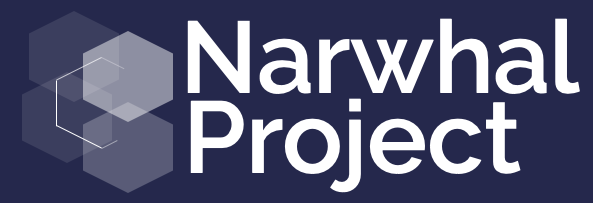Over the last four years, there have been substantial changes in initial public offerings (IPOs) in the software world. Firms tend to wait longer to go
The data suggests that the average gestation period for firms pursuing an IPO has increased from just over eight years to about 12 years, resulting in a 50% increase in the time firms stay private before going public. The average revenue of the firms at the time of the IPO has increased from under $100 million to over $300 million. As a result of this change, there has been a dramatic increase in the capitalization of these firms, both before and after going public.
For firms that have taken venture capital money and who hope to go public, there are a number of lessons and current practices that can be learned from the set of software firms analyzed in our study:
- Firms should consider raising money as early as possible (even in their first or second year of existence) and should also get in the habit of fundraising more frequently (every 18 months).
- Although the amount raised can start below $10 million, companies should strive to quickly increase that amount, even to the rate where a firm has a financial velocity of above 20. (An example of this would be a firm that raises a minimum of $100 million over the first five years of its existence.)
- Firms should not be discouraged by losses and should even expect to lose considerable amounts of money in order to drive growth. As the data shows here, firms with $10-$50 million of revenue suffered average losses of 69% of revenue, but this rate declined to 26% when firms grew to above $250 million in revenue.
- Businesses should consider spending more on M&S. Among the firms studied here, the biggest expense line was for M&S which took 64%
or revenue for firms with $10-$50 million ofrevenue, but declined to 38% when firms reached $250 million in revenue.
